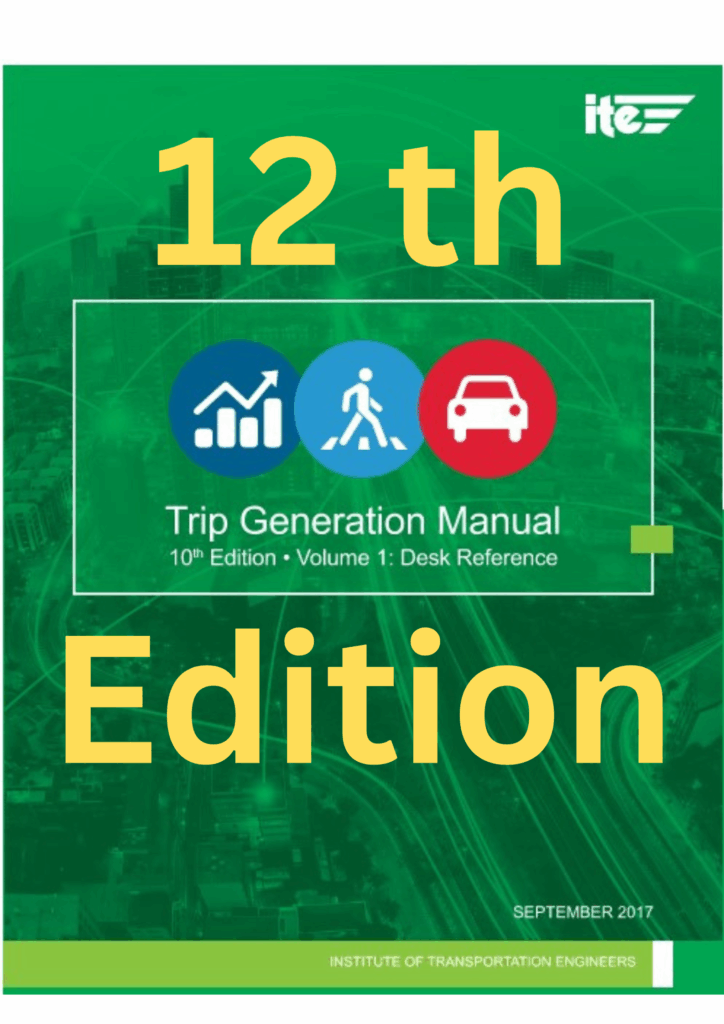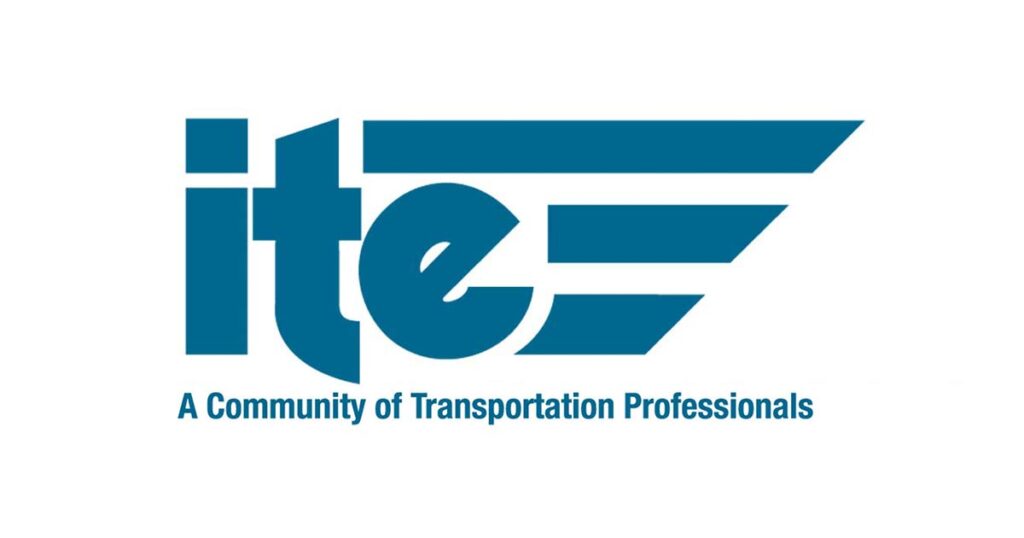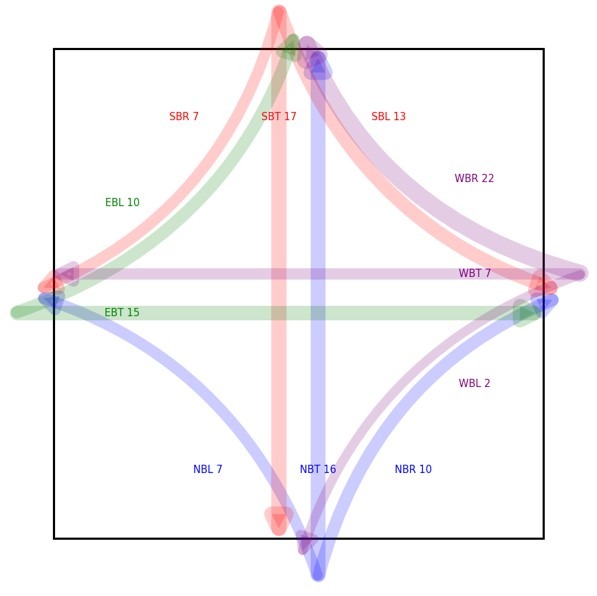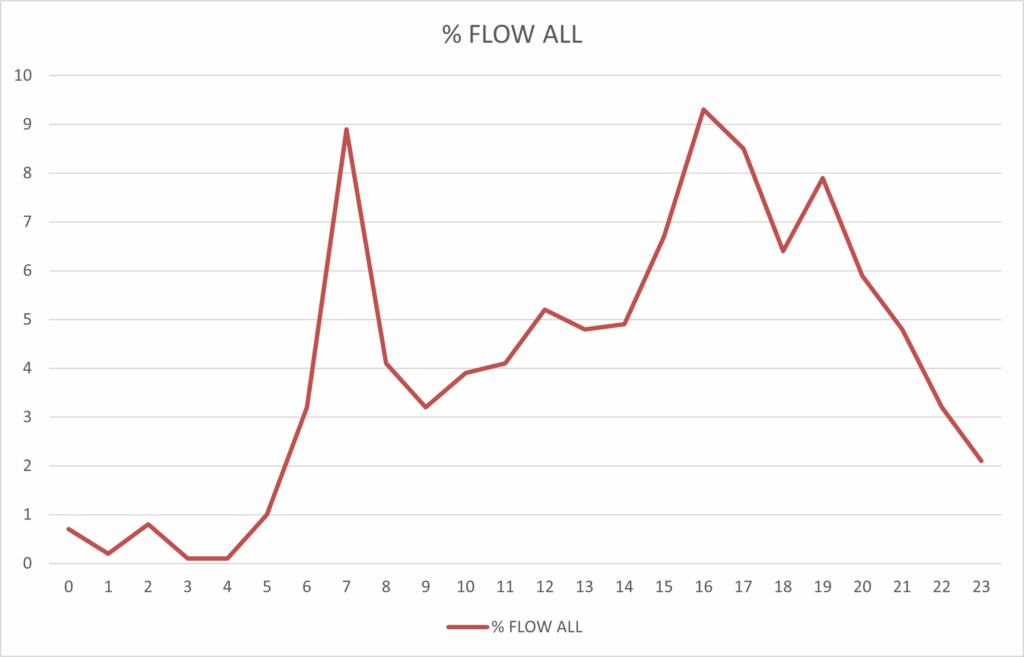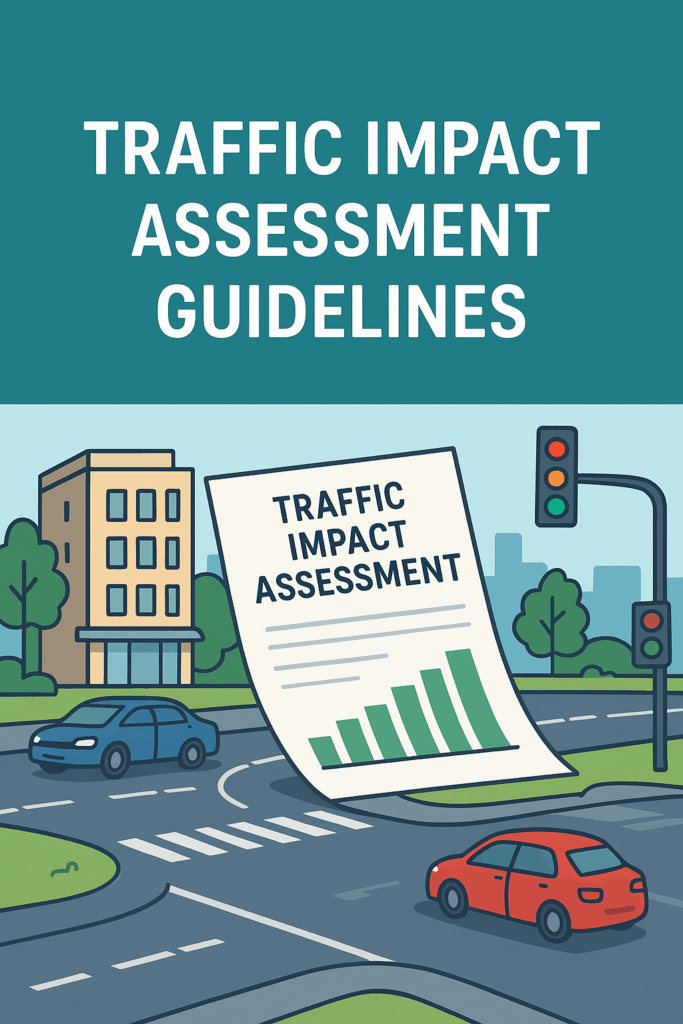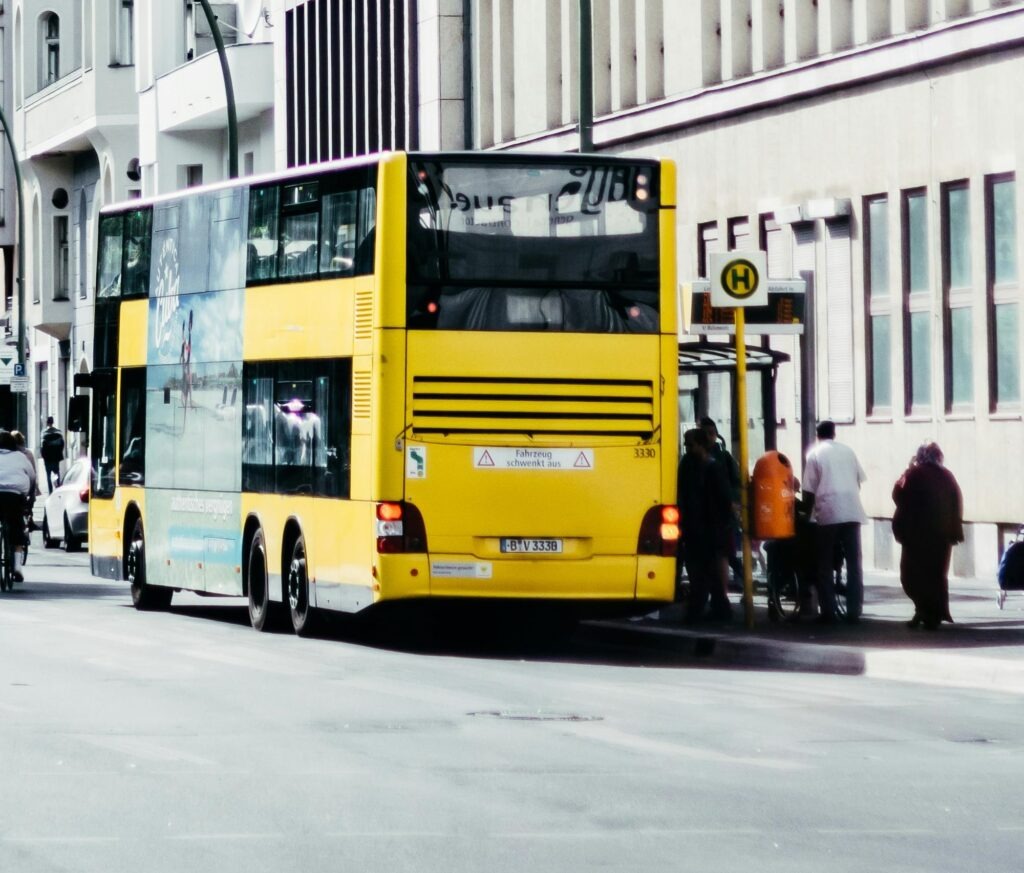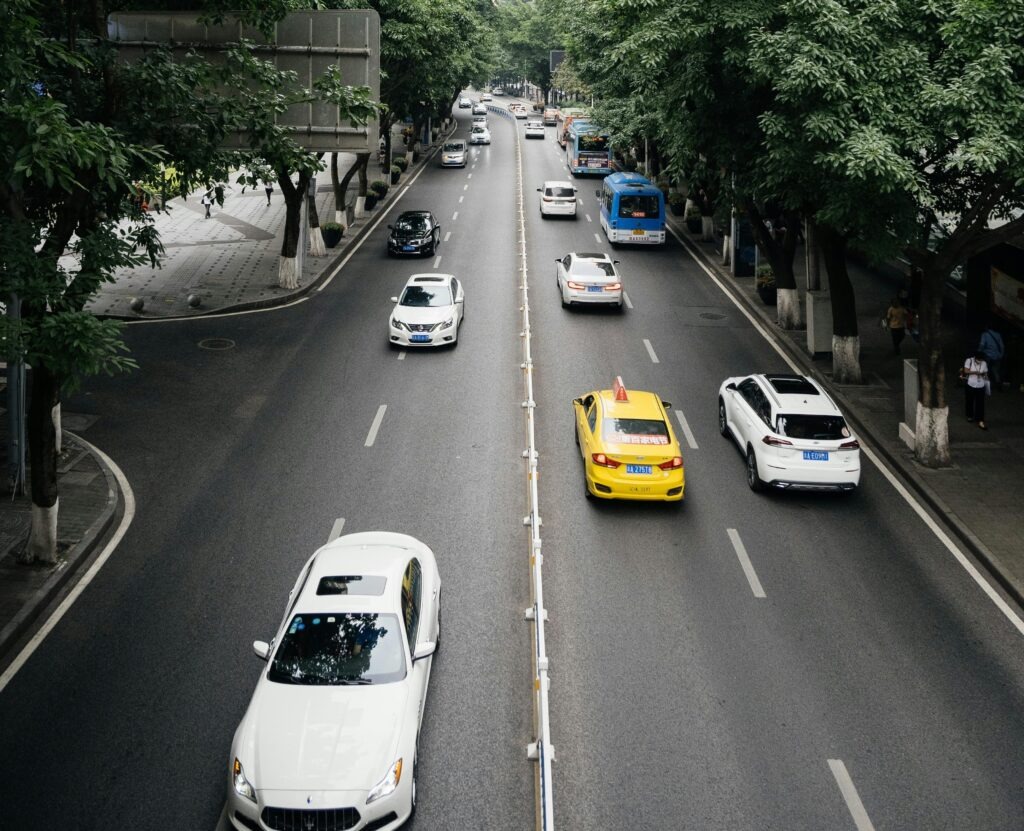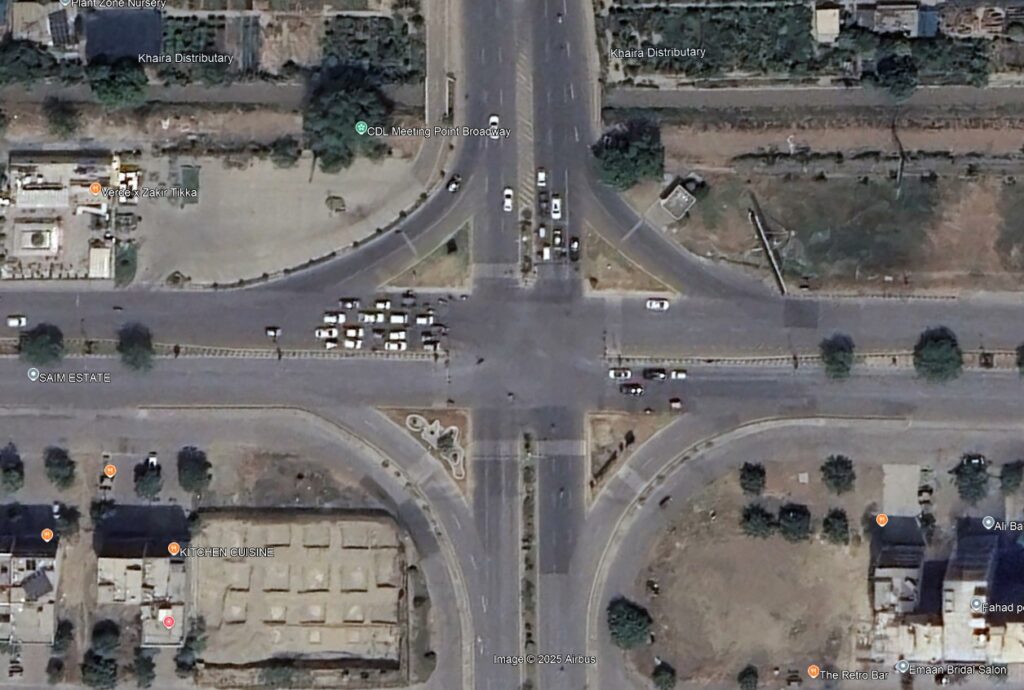ITE Trip Generation Manual 12th Edition — What’s New and How to Access It
In the world of traffic engineering and transportation planning, few resources are as widely recognized (and as frustratingly hard to access) as the ITE Trip Generation Manual. With the release of the 12th Edition, transportation professionals are eager to see what’s new — but also wondering how to actually get their hands on it without […]

